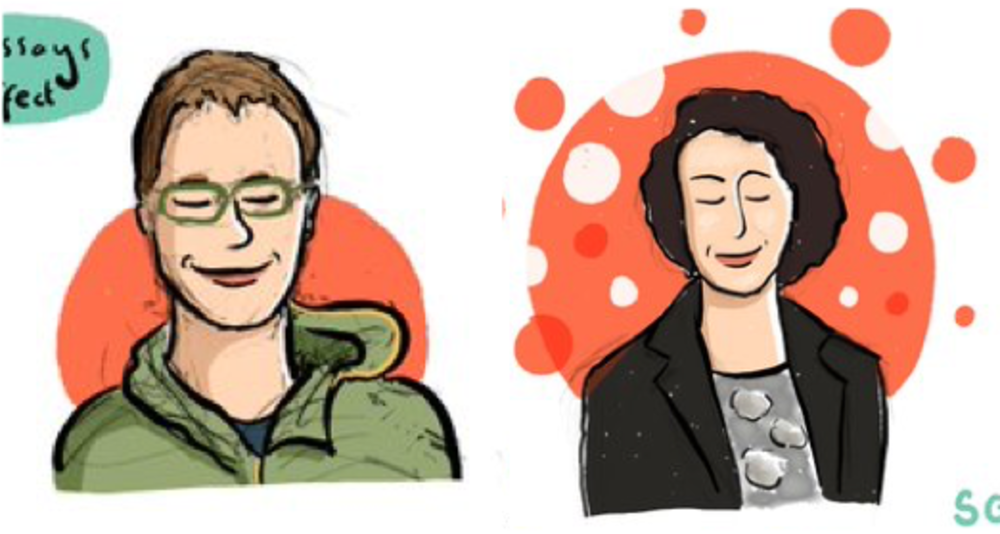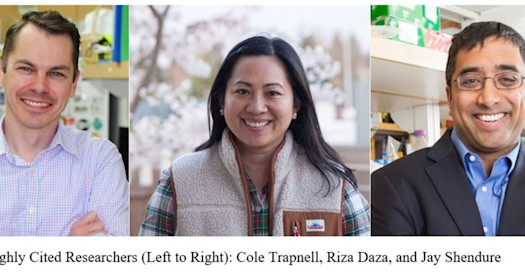
What were some of the highlights of the three-day symposium?
Dr. Starita: Even though the event was virtual, it was great seeing colleagues again, as well as experiencing such great science all in one place. I also thought the poster session was fantastic. I wish we had made it longer or did it twice. Dr. Fowler: I agree with Lea. The poster session was outstanding. The session was full of fresh, exciting science. Also, Tuesday’s talks really highlighted how mutational scanning can yield insights into protein structure and be useful for protein engineering. There are huge opportunities here, and it was exciting to see.
What new information and/or insights did you learn?
Dr. Fowler: We heard about many cool innovations and new methods. In particular, the sequencing-based pooled optical screening approach is amazing. Intersecting it with Cell Painting will be hugely impactful. It was also interesting to see how mutational scanning is benefiting protein design, particularly by revealing designs that do not appear to adopt the target fold/binding mode.
Was there one session you want to highlight?
Dr. Starita: One of things I want to highlight about the workshop portion of the symposium is that it is meant to be a “how-to” session. The speakers and the labs they represent have been quite willing to help others in the field get started on their own experiments by participating in this forum. We heard super cool talks on days 1 and 2, but I actually think the workshop is the most important part of the symposium to help democratize the methods. This is the very essence of what we want the Atlas of Variant Effects Alliance (AVE) to be.
Dr. Fowler: The AVE Alliance represents a next step in, and will help drive, the adoption and impact of mutational scanning. As the Alliance has grown, I’ve been so happy that the community is so collegial, inclusive, and collaborative. The takeaway is just how versatile mutational scanning is to answer all sorts of question in biology, protein engineering, and medicine.
In planning ahead, what do you want to do differently for the 2022 symposium? Are there issues/topics you want to emphasize?
Dr. Fowler: I want to make sure that we can retain a virtual component. Allowing people to attend remotely increases diversity and impact, so, while I will be excited to see everyone in person, I very much want to make sure we have a remote option as well.
Want to learn more? • Check out Scientific Artist Alex Cagan’s sketches of presentations at: https://www.youtube.com/watch?v=KKI-i5pKRBs • Click here to watch the sessions from the symposium • Interested in the Atlas of Variant Effects Alliance? Visit: https://www.varianteffect.org/


